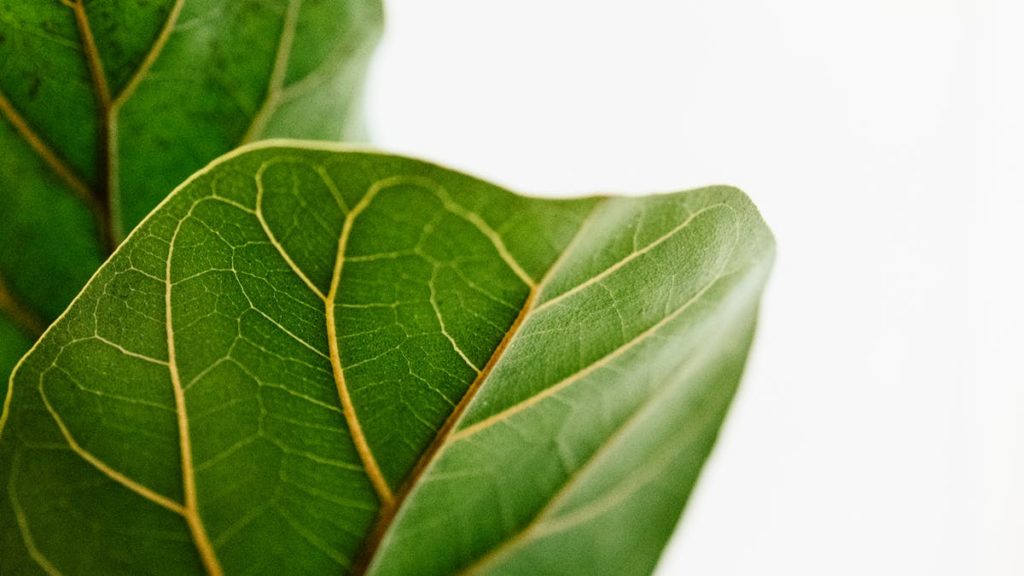A team of researchers from the University of Cambridge found a way to produce Syngas gas from special “artificial leaves”.
Is it possible to obtain a clean gas from leaves? The question may seem strange but a team from Cambridge University has done extensive research to answer precisely this seemingly absurd question. And, at the end of the studies, the answer was positive. Researchers at the British University have developed a procedure for producing Syngas from special artificial leaves. Syngas (abbreviation of “synthetic gas”) is a mixture of gases consisting mainly of carbon monoxide (CO) and hydrogen (H2), with the presence in varying amounts of methane (CH4) and carbon dioxide (CO2). This gas is commonly used at industrial level for the production of fuels, pharmaceuticals, plastics and fertilizers. To date, Syngas is produced by autothermal process, methane reforming or anaerobic fermentation of biomass or municipal solid waste. All these procedures require the use of fossil fuels, release carbon dioxide into the air and therefore have serious effects in terms of pollution. It is precisely to limit the environmental impact that researchers at the University of Cambridge are looking for a sustainable production method.
Syngas: artificial leaves that “imitate” chlorophyll photosynthesis
To solve the problem, the researchers were inspired by nature. In particular, the team was “inspired” by photosynthesis of chlorophyll, the natural process by which plants transform carbon dioxide into food through sunlight. Starting from this process, the researchers have designed special artificial leaves able to use solar energy to produce Syngas. Each artificial leaf has two light absorbers – similar to the molecules that collect sunlight in plants – combined with a catalyst made of cobalt. When the device is immersed in water, one light absorber uses the catalyst to produce oxygen, while the other performs the chemical reaction that converts carbon dioxide and water into carbon monoxide and hydrogen. In this way, the artificial leaves can produce the Syngas gas without releasing carbon dioxide into the atmosphere. So without polluting the environment. The discovery that comes from Cambridge could mark an epoch-making step forward in the search for energy sources with low environmental impact. Syngas is also used to produce gasoline: developing a sustainable production method would mean significantly reducing the environmental impact of a highly polluting sector such as transport.
